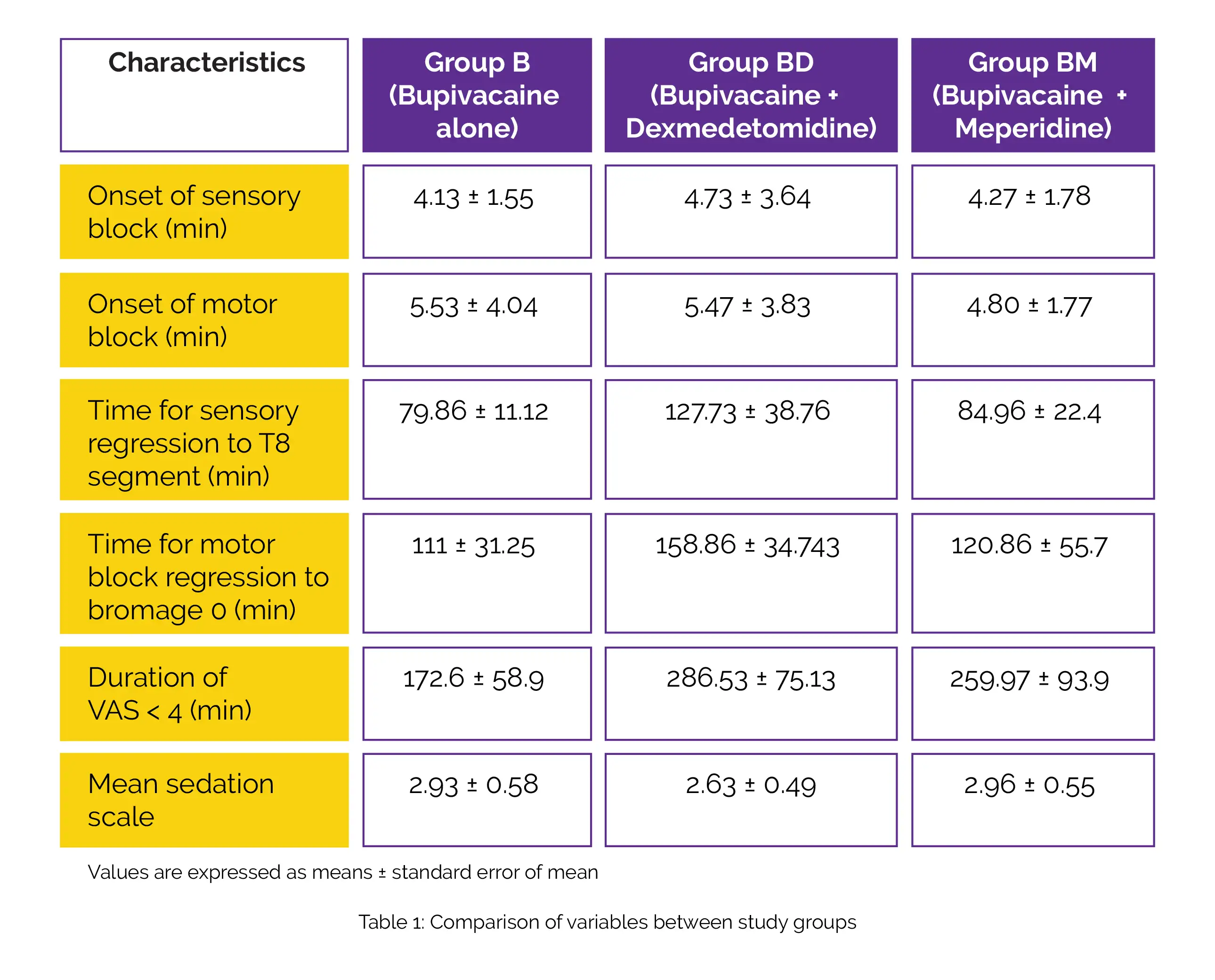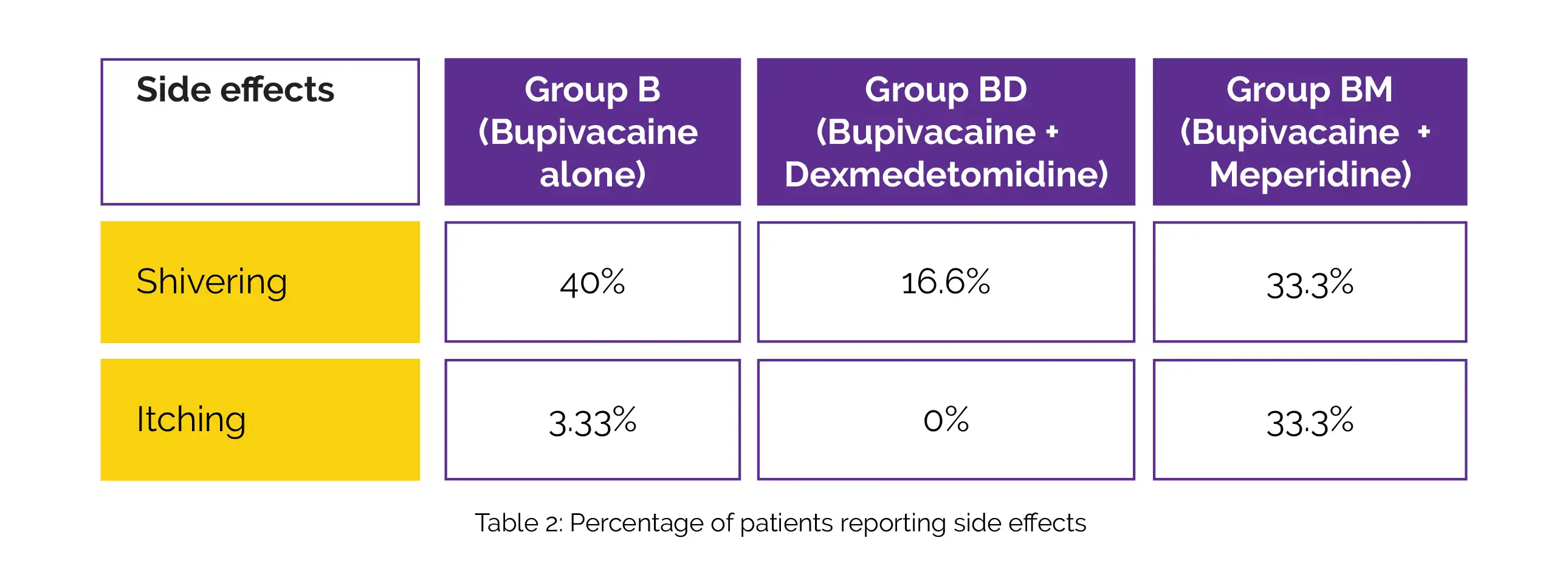Categories
Change Password!
Reset Password!


In pregnant women presenting for cesarean delivery, Bupivacaine and Dexmedetomidine combination dramatically increased the time for sensory and motor regression as well as analgesia duration.
A double-blind randomized clinical trial depicted that in contrast to Bupivacaine alone and Bupivacaine-Meperidine, intrathecal infusion of Bupivacaine-Dexmedetomidine was shown to be a safe and efficient analgesic alternative during elective cesarean section. Simin Azemati et al. aimed to evaluate the unique blocking properties and side effects of Bupivacaine alone and when combined with Meperidine or Dexmedetomidine during spinal anesthesia.
Overall, 90 pregnant women were allocated into three groups. People in group B received intrathecal doses of Bupivacaine 10 mg, people in group BD were given Bupivacaine 10 mg with Dexmedetomidine 5 μg, and people in group BM were given Bupivacaine 10 mg plus Meperidine 10 mg. During the procedures, the analgesia quality was evaluated for the patients. Utilizing SPSS 21, the sensory and motor blocks duration, as well as complications from anesthesia were examined. Values below 0.05 were deemed clinically meaningful.
In all treatment groups, the onset of motor and sensory blockages was the same. In contrast to B and BM groups, block regression time was substantially greater in BD group. When compared to B group, BD and BM groups' analgesia lasted noticeably greater. The BD group had more sedation than the B group and BM group, as shown in Table 1:

Patients in the B group had shivering, which was substantially higher than the rates for the BD and BM groups. Women who experienced itching in the BM group was significantly higher than the rates in the B and BD groups, as depicted in Table 2:

In all groups, the occurrence of side effects was the same. When compared to the Bupivacaine-Meperidine, and Bupivacaine groups, the time for motor and sensory block regression were considerably greater in the Bupivacaine-Dexmedetomidine group.
Pain Research and Management
Analgesic Characteristics of Bupivacaine Alone and in Combination with Dexmedetomidine or Meperidine in Spinal Anesthesia during Cesarean Section: A Double-Blind Randomized Clinical Trial Study
Simin Azemati et al.
Comments (0)